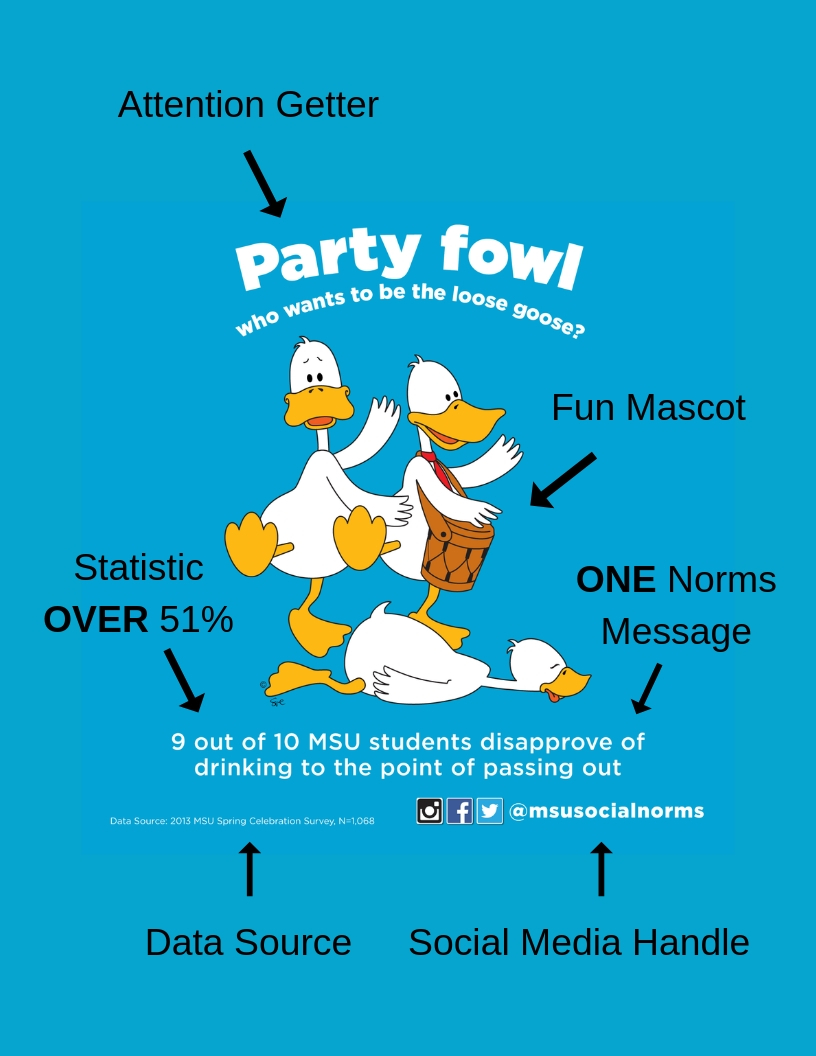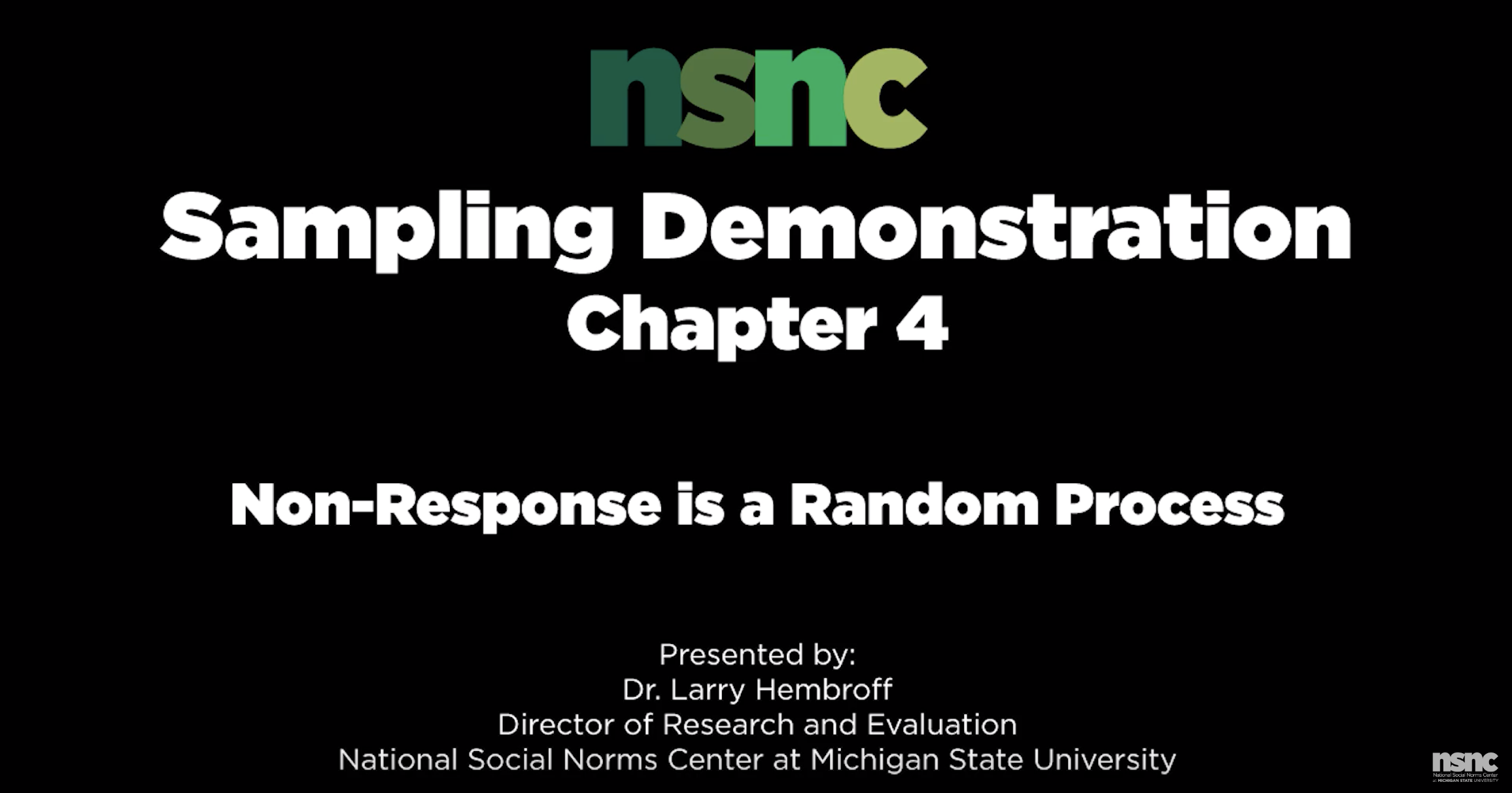What makes an intervention a “social norms intervention”?
[youtube=https://www.youtube.com/watch?v=4KuMY2lBykk&feature=player_profilepage]
This Weight Watchers commercial is a good example of social norms marketing, because it uses most of the following inter-related elements:
- Working with current, accurate and relevant data about the reality and perceptions of your intended audience;
- Following a social marketing development process that includes members of your intended audience;
- Ensuring that your marketing materials are Positive, Inclusive and Empowering (PIE);
- Designing a marketing plan that ensures adequate exposure to your message;
- Incorporating the data about reality (in order to counter misperceptions).
The “reality data” typically takes the form of statements such as “75% of parents do this” “90% of students at your university take this protective behavior when drinking” or perhaps as simple as “Most adults don’t smoke.” And the intervention materials include information about the source of that data.
So why are we posting a link to this Weight Watchers commercial? While it doesn’t explicitly use statistics to counter misperceptions, the message is clearly positive and empowering and promotes a viewpoint that underlies most social norms interventions: Your peers have been successful in this and you can be too. It counters a perception that weight loss is an impossible goal; it informs the audience about a specific resource; it uses spokeswomen who are identify themselves as successful members of the target audience.
So we think it is worthwhile thinking of this type of advertising as a form of social norms marketing and asking yourself what you can learn from it for your own social norms interventions.





